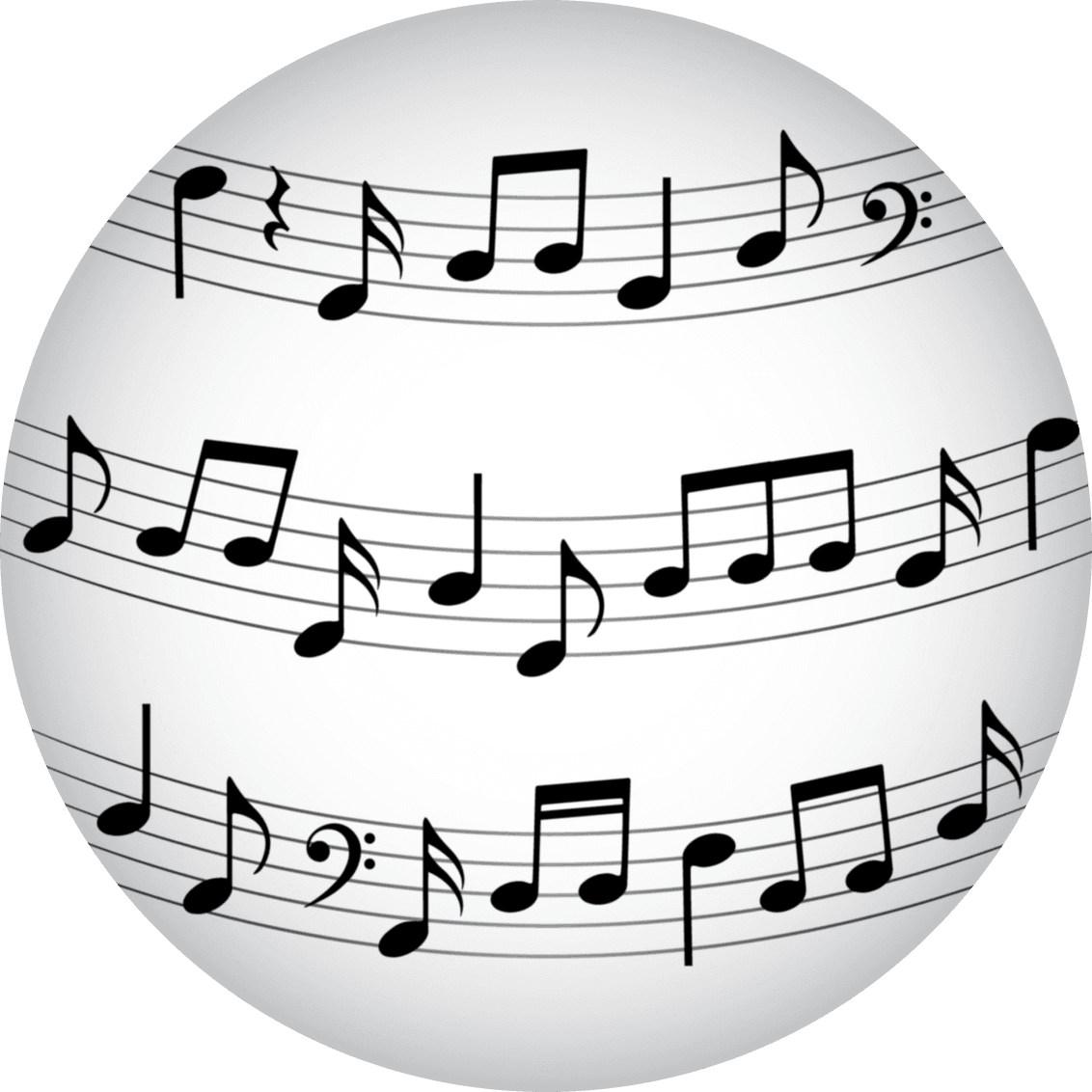
This week our Classical Californian is composer Frank Ticheli, who has written for all sorts of instruments and voices, but might be best known for his works for concert band. He taught composition for decades at USC’s Thornton School of Music, and was the Pacific Symphony’s composer-in-residence for many years.
His selections divide into two camps: works with multiple layers that seem to be at odds with each other (and yet combine beautifully), with examples by Benjamin Britten, Stephen Harte, and Ticheli himself… And then a pair of pieces showing off the range and energy that can be achieved by the concert band, courtesy of John Mackey and Omar Thomas.
He begins with two selections from Benjamin Britten, who ended his Young Person’s Guide to the Orchestra with an amazing fugue that blends music of Britten and Henry Purcell. Listen to Frank Ticheli’s introduction by pressing the play button!
There’s another fugue in layers by Benjamin Britten in the “Dirge” movement of his Serenade for Tenor, Horn and Strings… Here’s tenor Ian Bostridge and Radek Baborák on horn.
In Stephen Hartke’s Clarinet Concerto, the soloist uses techniques of the African tradition of Griot storytelling…
Next is a movement from Frank Ticheli’s choral symphony called The Shore… the third movement is “The Black Gondola.”
The last two works showcase the ensemble called the Concert Band, or Wind Band – more than half of Ticheli’s compositions are for this makeup of instruments. First, it’s a movement from John Mackey’s Kingfishers Catch Fire.
And to end on a note of high energy and enthusiasm, it’s “Shout,” the second movement from Omar Thomas’s work Come Sunday.







